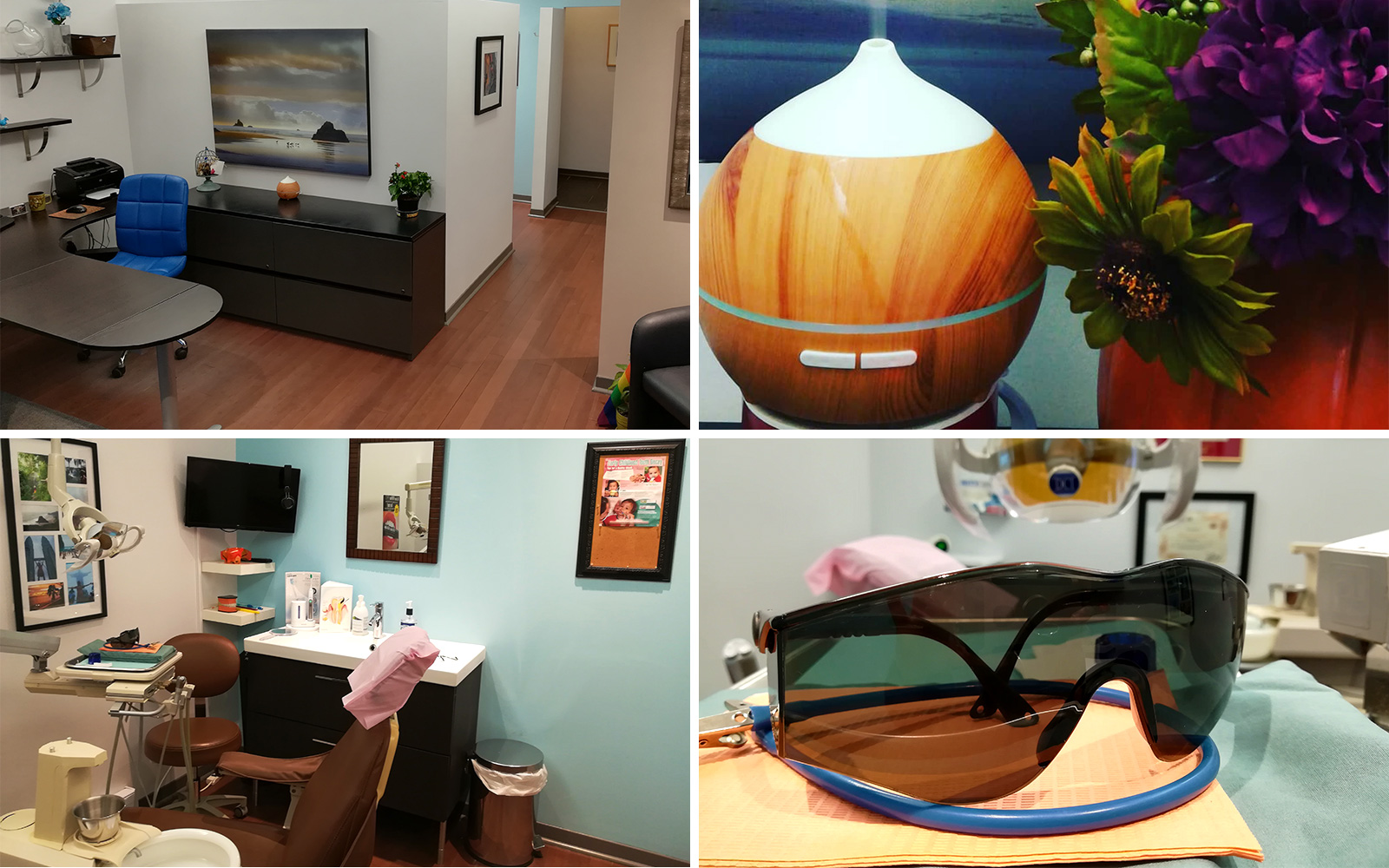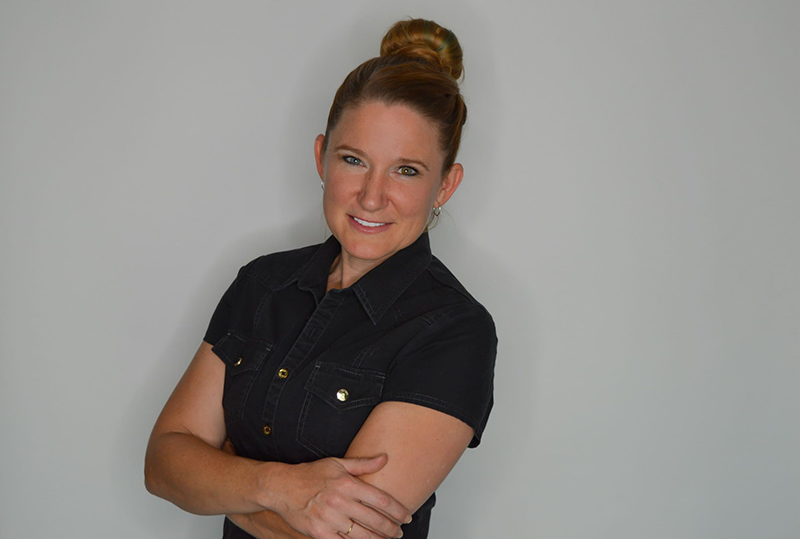
Your Independent Registered Dental Hygienist
Since September 2007, Ontario residents have had the choice of receiving professional treatment by Registered Dental Hygienists without having to see a dentist as well. Dental hygiene is a regulated profession governed by the College of Dental Hygienists of Ontario.
We at Confident Smiles still recommend seeing a Dentist every 1-2 years for a full exam and x-rays to diagnose any issues not clinically visible.
Book your appointment today – we can’t wait to meet you!
Our Office
We are environmentally conscious!
We try to make our office as green as possible while still remaining a sterile environment. We use as few one-time use items as possible, and have switched to as many autoclavable (sterilisable) items as possible to reduce our waste and footprint on the environment. Including switching to sterilisable metal cups instead of throw away plastic, eco-friendly cleaning products, recycling as much as possible. We even have biodegradable goodie bags! This planet is all of our homes – let’s all do our part!
Our office also provides aromatherapy, a flat screen TV, special offers and gift certificates.
Shannon McFee, RDH
Shannon has practiced as a full time Registered Dental Hygienist since 1999 when she graduated from Canadore College’s Dental Hygiene Program. She has worked in all facets of Dental Hygiene in Ontario, Alberta and New Zealand. Her experience includes orthodontics, periodontics, working exclusively with children for over a year, public health, public education, general clinical practice, and is currently a member of the Peer Tutoring Program with the Faculty of Medicine at the University of Ottawa.
Shannon is a professional member of the Canadian Dental Hygienists Association. She is a member in good standing with the College of Dental Hygienists of Ontario since 1999.




